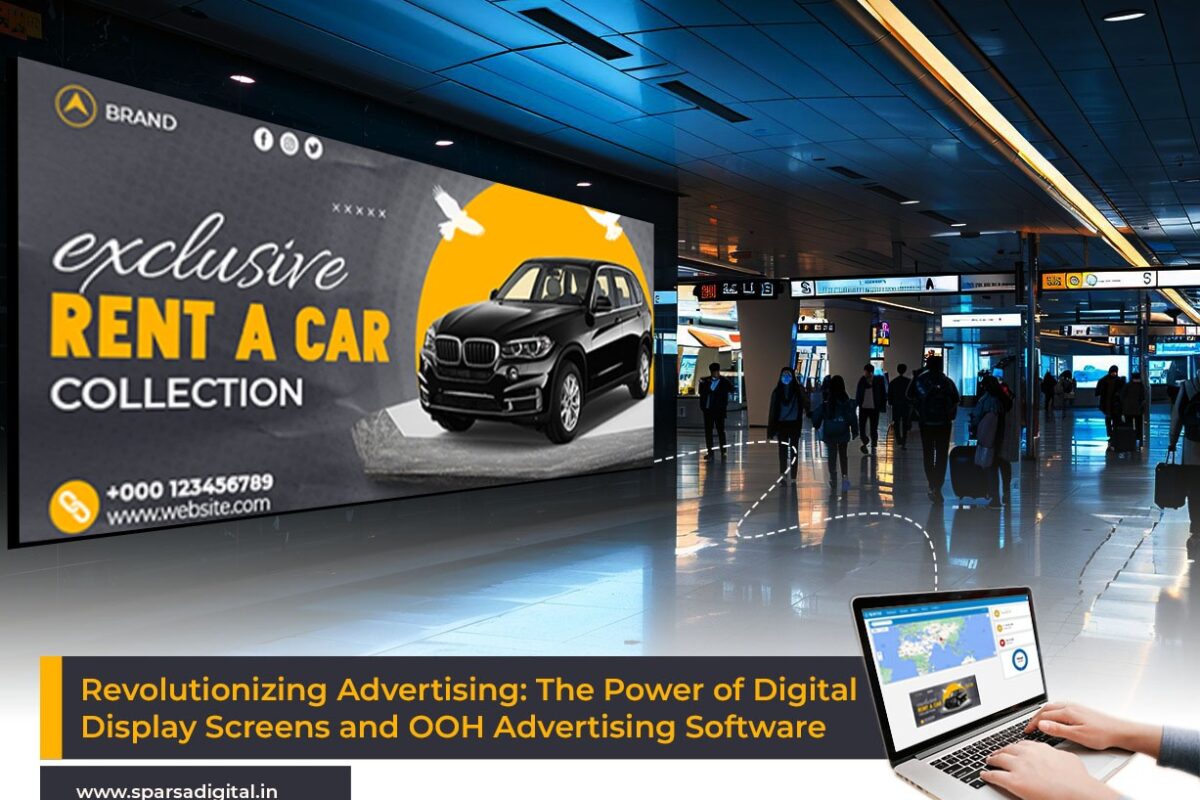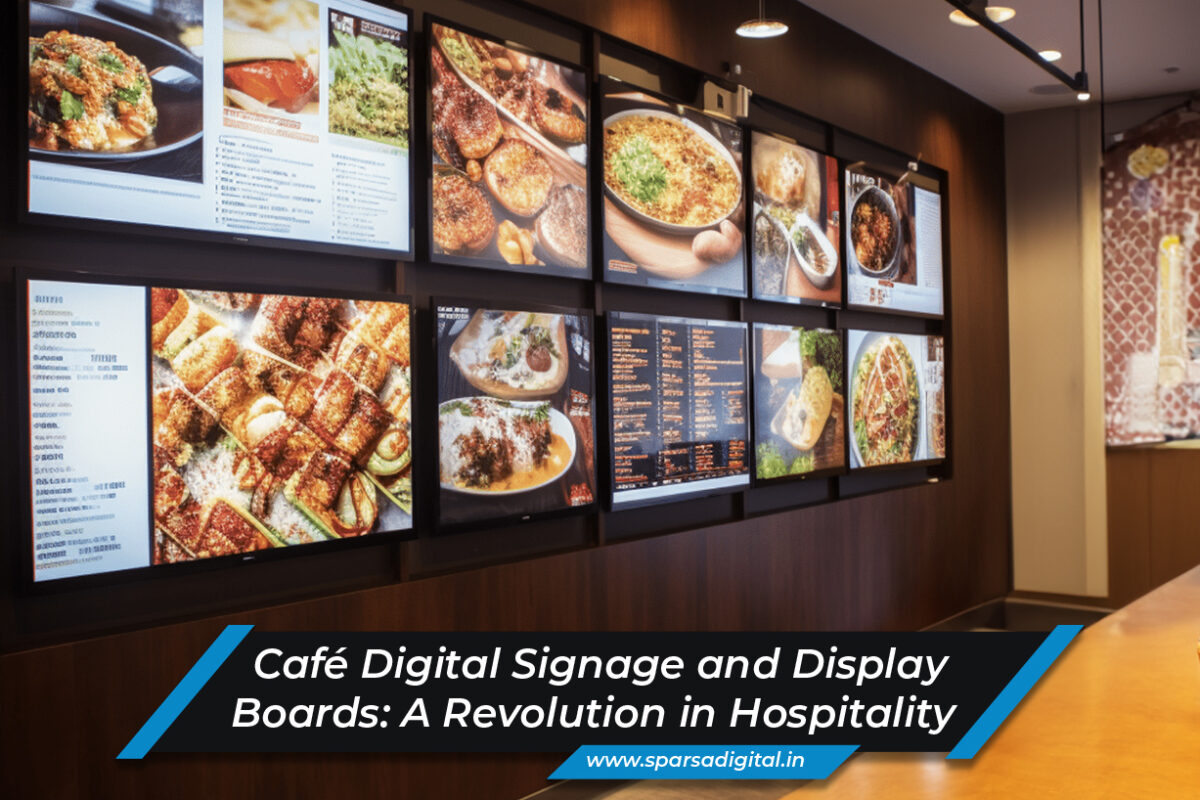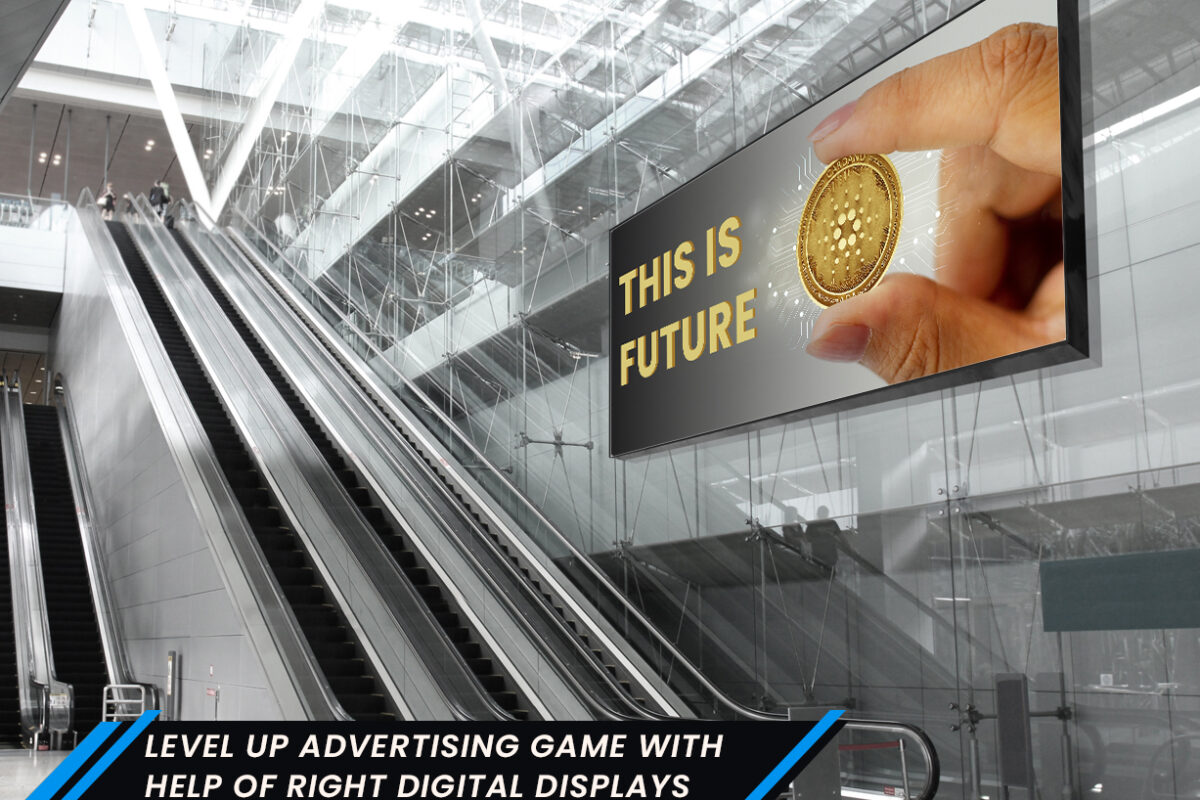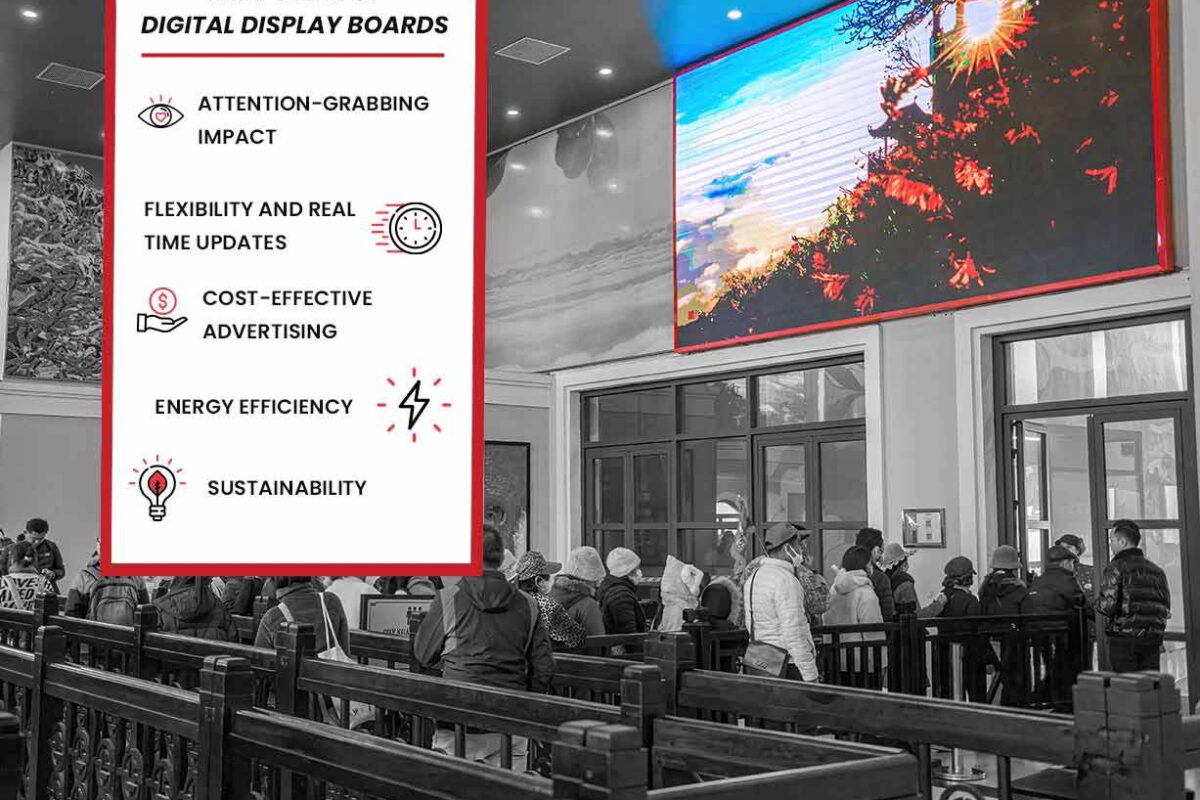In today’s fast-paced world, advertising has evolved into a dynamic and multifaceted industry. Traditional methods like print, radio, and television advertisements have gradually been supplemented, and in some cases, replaced by digital advertising solutions. Among these innovative solutions, digital display screens and Out-of-Home (OOH) advertising software have emerged as powerful tools for marketers to reach their target audiences effectively. This blog explores the significance of digital display screens in advertising, delves into the capabilities of OOH advertising software, and examines their combined impact on the advertising landscape.
The Benefit of Digital Display Screens for Advertising
Digital display screens for advertising have revolutionized the way businesses communicate with consumers. Unlike static billboards or posters, digital screens offer dynamic content delivery, allowing advertisers to showcase engaging visuals, videos, and interactive experiences. This versatility enables brands to captivate audiences with compelling storytelling and immersive advertisements.
One of the key advantages of digital display screens for advertising is their ability to adapt and update content in real-time. Whether it’s promoting new products, announcing special offers, or delivering relevant information, advertisers can quickly modify their messaging to align with changing market trends and consumer preferences. This agility enhances the effectiveness of advertising campaigns, ensuring that brands stay relevant and impactful in a competitive landscape.
Moreover, digital display screens for advertising provide unparalleled targeting capabilities. Through geotargeting and audience segmentation, advertisers can deliver personalized content to specific locations or demographics, maximizing the relevance and impact of their messages. This targeted approach not only enhances engagement but also improves the return on investment (ROI) for advertising spend.
Furthermore, digital display screens offer valuable metrics and analytics that enable advertisers to measure the performance of their campaigns accurately. From impressions and click-through rates to dwell time and conversion metrics, advertisers gain valuable insights into the effectiveness of their messaging, allowing for continuous optimization and improvement.
The Evolution of Out-of-Home Advertising Software
Complementing the capabilities of digital display screens is the emergence of advanced Out-of-Home (OOH) advertising software. OOH advertising software serves as the backbone of digital out-of-home (DOOH) advertising networks, facilitating the management, scheduling, and delivery of content across a network of digital screens.
At its core, OOH advertising software streamlines the process of campaign management, allowing advertisers to plan, execute, and monitor their advertising initiatives seamlessly. From content creation and scheduling to campaign deployment and performance tracking, OOH advertising software provides a centralized platform for advertisers to oversee every aspect of their campaigns.
One of the key features of OOH advertising software is its ability to optimize content delivery based on various factors such as time of day, audience demographics, and environmental conditions. By leveraging data analytics and artificial intelligence (AI), advertisers can deliver targeted messages at the right time and place, maximizing the effectiveness of their campaigns.
Additionally, OOH advertising software enables advertisers to integrate dynamic content feeds, such as weather updates, social media feeds, or live event streams, into their campaigns. This dynamic content not only enhances engagement but also ensures that advertisements remain relevant and timely in a rapidly evolving environment.
Moreover, OOH advertising software provides robust analytics and reporting capabilities, allowing advertisers to measure the impact of their campaigns with precision. From audience reach and engagement metrics to conversion tracking and ROI analysis, advertisers gain actionable insights that drive informed decision-making and campaign optimization.
The Synergy of Digital Display Screens and OOH Advertising Software
When combined, digital display screens and OOH advertising software create a synergistic partnership that amplifies the effectiveness of advertising campaigns. By leveraging the dynamic capabilities of digital display screens for advertising and the advanced functionalities of OOH advertising software, advertisers can deliver highly targeted, contextually relevant content to their audiences, driving engagement and conversions.
One of the key advantages of this synergy is the ability to deliver personalized and immersive experiences to consumers. By harnessing data analytics and AI algorithms, advertisers can tailor content to individual preferences, behaviors, and contextual factors, creating a more meaningful connection with their target audience.
Furthermore, the integration of digital display screens and OOH advertising software enables advertisers to adapt their messaging in real-time based on changing market dynamics and consumer trends. Whether it’s leveraging social media trends, responding to current events, or capitalizing on local insights, advertisers can ensure that their messages remain timely, relevant, and impactful.
Moreover, the synergy of digital display screens and OOH advertising software enhances the measurability and accountability of advertising campaigns. By tracking key performance indicators (KPIs) and analyzing campaign data in real-time, advertisers can optimize their strategies on the fly, maximizing the ROI of their advertising spend.
Case Studies: Success Stories in Digital Out-of-Home Advertising
To illustrate the power of digital display screens and OOH advertising software, let’s explore some real-world success stories:
- Coca-Cola’s Dynamic Content Strategy: Coca-Cola leveraged OOH advertising software to deploy dynamic content across a network of digital display screens in high-traffic areas. By integrating real-time data feeds and interactive elements, Coca-Cola created immersive experiences that resonated with consumers, driving brand engagement and loyalty.
- Nike’s Hyper-Local Campaigns: Nike used OOH advertising software to execute hyper-localized campaigns tailored to specific neighborhoods and communities. By analyzing location data and consumer insights, Nike delivered personalized messages to audiences, fostering a sense of community and connection with the brand.
- McDonald’s Real-Time Promotions: McDonald’s utilized digital display screens and OOH advertising software to launch real-time promotions based on weather conditions and time of day. By offering targeted discounts on hot beverages during cold weather or refreshing treats during hot days, McDonald’s drove foot traffic and sales at its locations.
Conclusion
In conclusion, digital display screens and OOH advertising software have transformed the advertising landscape, offering marketers powerful tools to engage, target, and measure the impact of their campaigns effectively. By leveraging the dynamic capabilities of digital display screens and the advanced functionalities of OOH advertising software, advertisers can deliver personalized, contextually relevant content to their audiences, driving engagement, and conversions. As technology continues to evolve, the synergy between digital display screens and OOH advertising software will play an increasingly vital role in shaping the future of advertising, enabling brands to connect with consumers in innovative and impactful ways.





